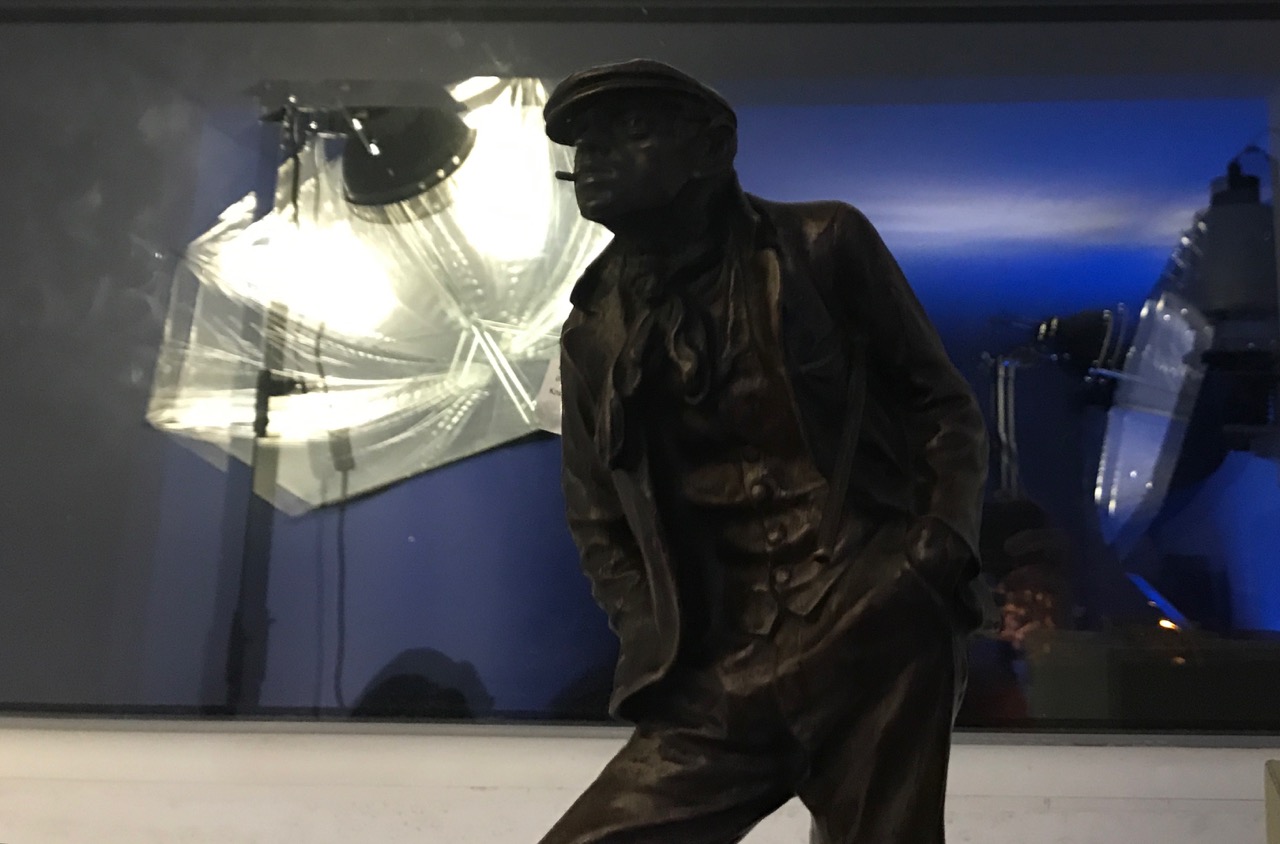As expected, the level of knowledge and the expectations of the approximately 10 participants who joined our big table was widely spread. Maybe because of this, we got into a nice active exchange between the interested people after my endless monologue in the beginning. We had a lot of analog cameras on the tables to take them into our hands and have a look through their optics.
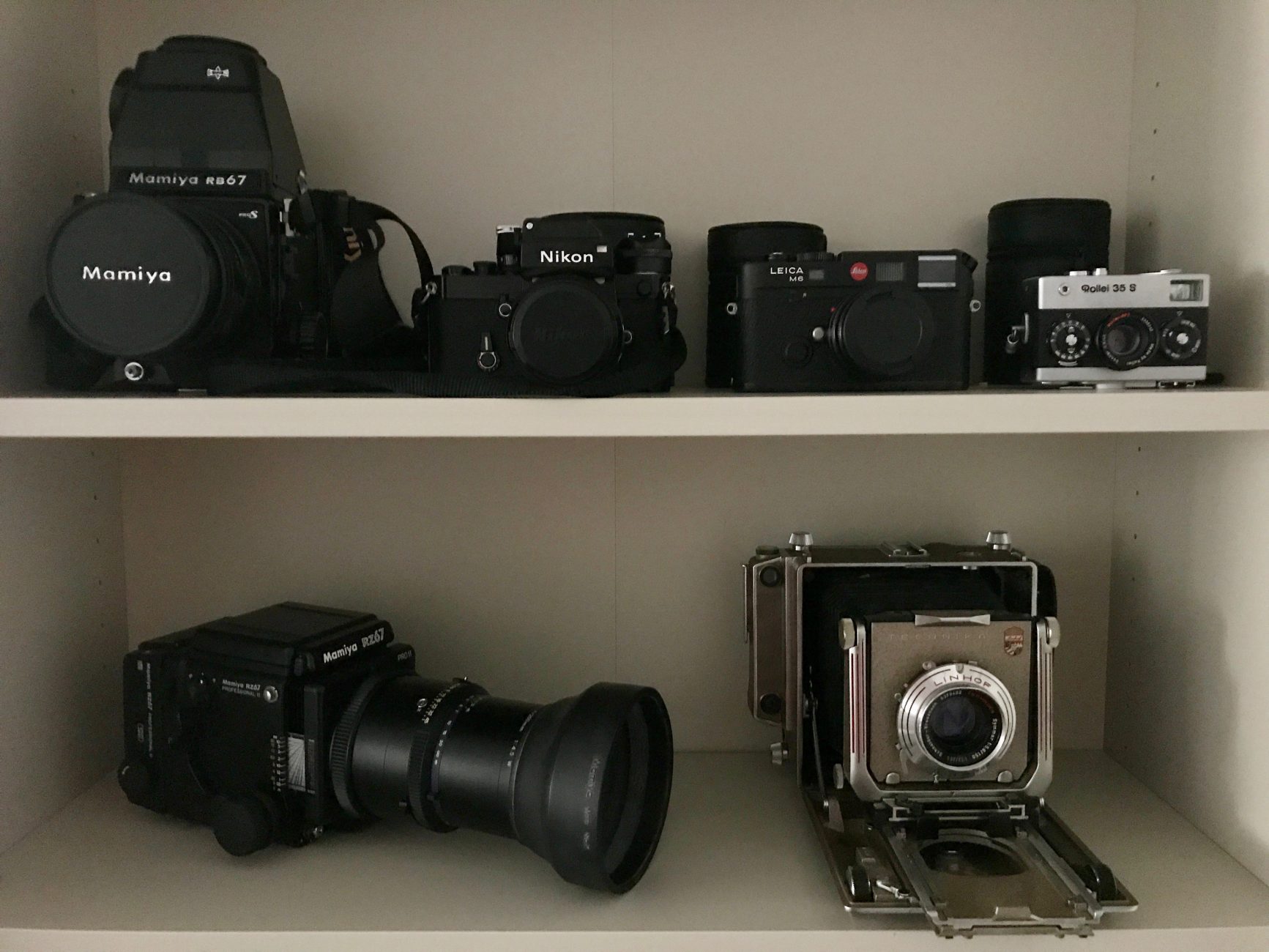
From a sheet film camera from Linhof over the middle format 6×7 cameras from Mamiya that we used as introduction and to understand different components of a camera, we took a look at the numerous SLRs, Rangefinders and viewfinder cameras.
In the beginning years of Photography, nobody believed that it was possible, to shoot on something smaller then the flat sheet film. Photographers had to be physicist, chemist and very strong or have a strong helper to carry the wooden boxes and huge tripods. Lets not talk about the lightning experiments they did. Also it was difficult, to find a flexible enough surface that could be coated with the light sensitive material to produce film on spool. Going to a darkroom or tent and change every single sheet etc… The Celluloid, that was developed in the end of the 19th century, was perfect and helped the middle format cameras to gain success in the 1920s.
Let me show you an – lets say entry level camera – the KODAK Brownie.
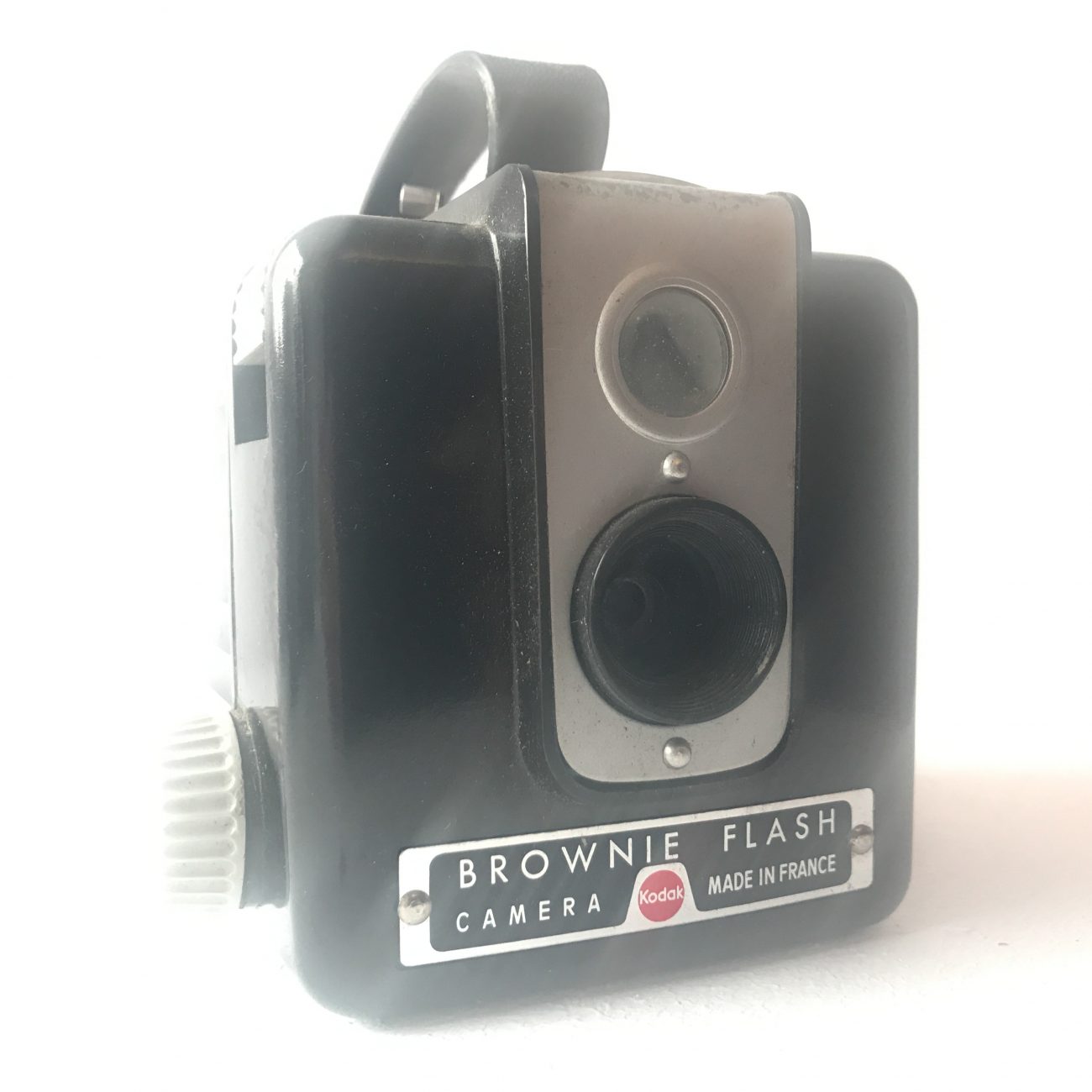 The camera was made for the masses from the beginning of the 20th century. The presented model is the third one and was produced in the end of the 1950s.
The camera was made for the masses from the beginning of the 20th century. The presented model is the third one and was produced in the end of the 1950s.
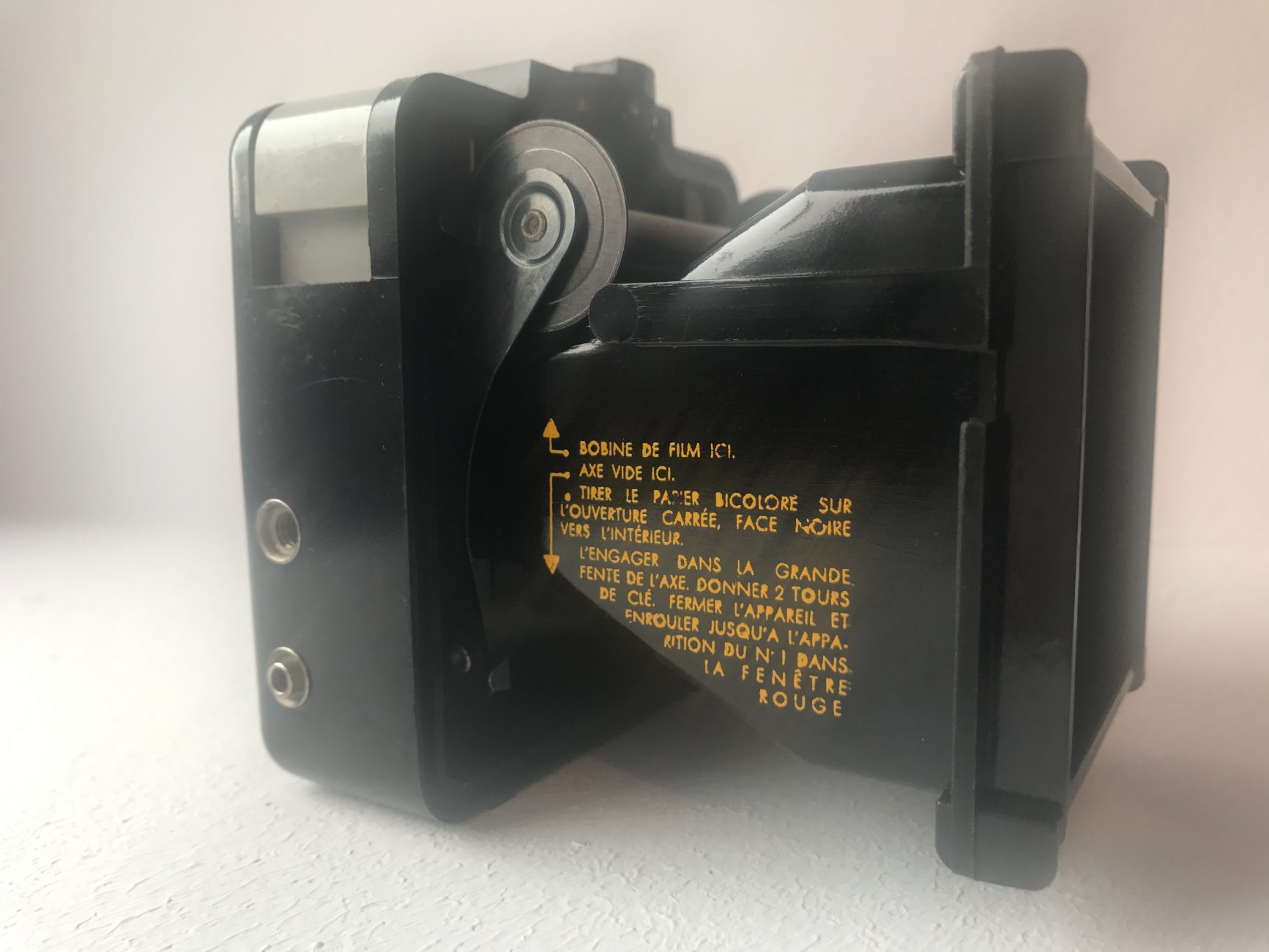
The Brownie needs a special film – to be more precise – a special roll but you can fill it with normal 120 film with some minor adjustments. They are described in the Camerapedia.
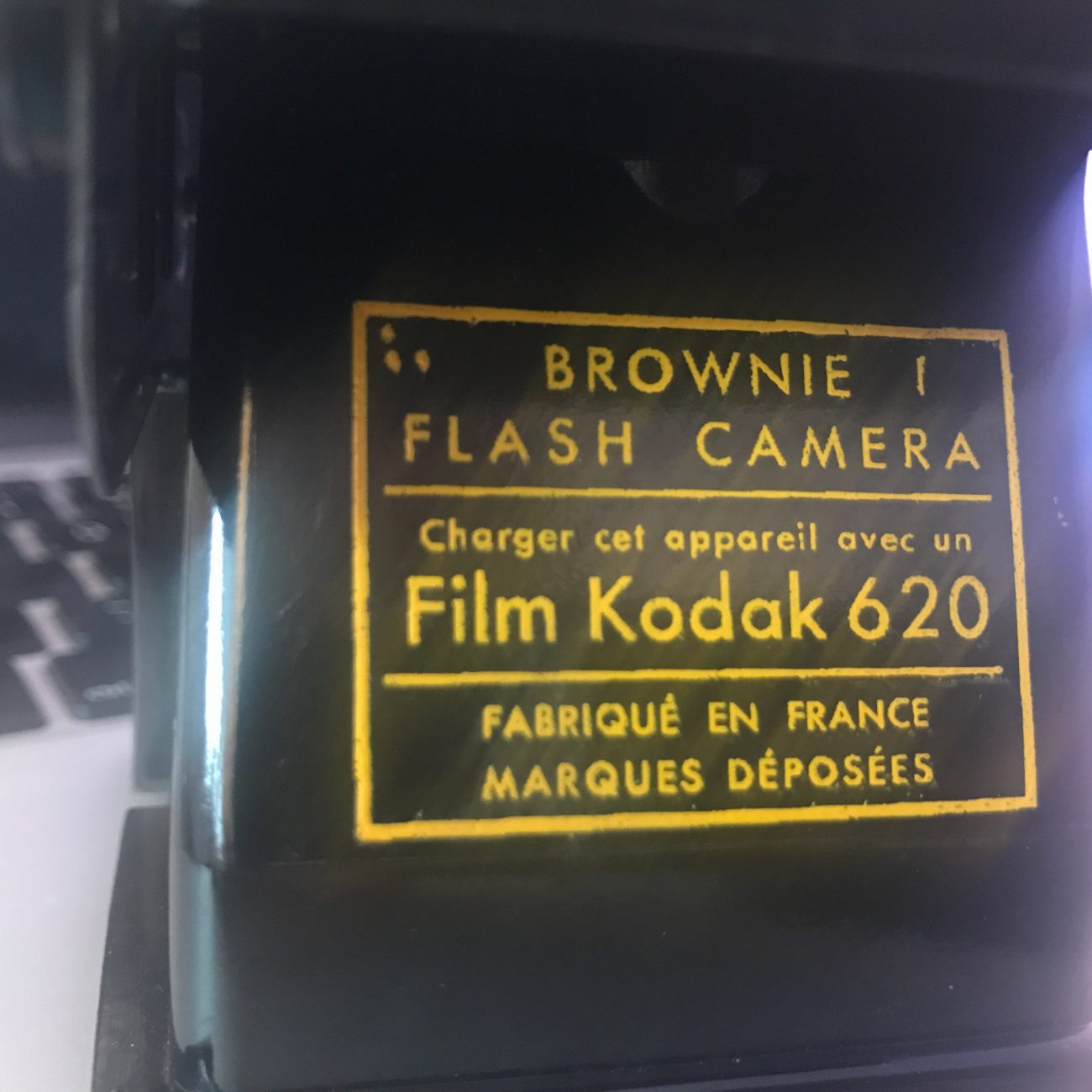
Anyway – I loaded a roll of ROLLEI Retro 80S to see, what comes out.
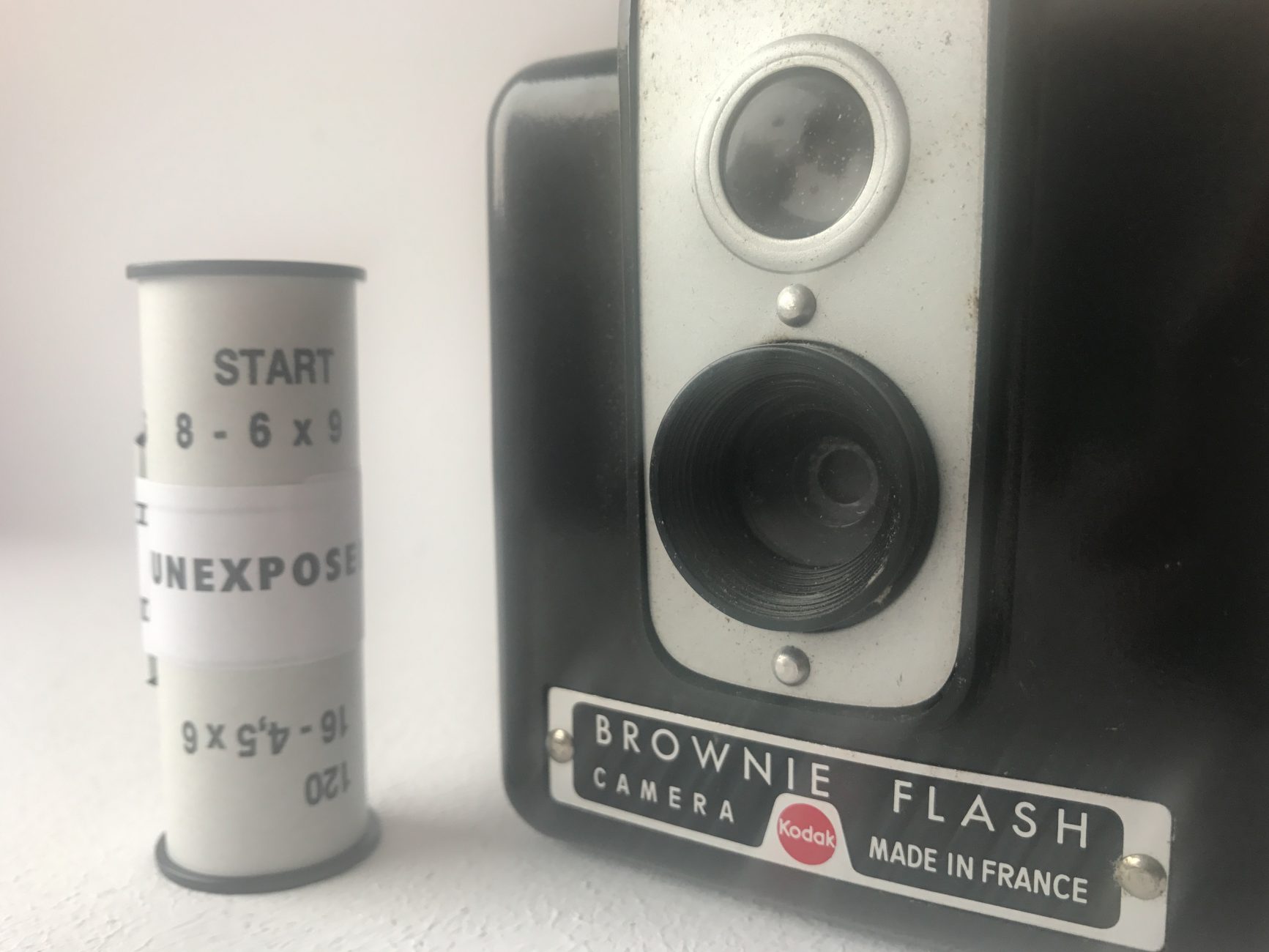
This Brownie is a newer, more modern version but the originals go back to 1900 and the following versions were available during the 1920s when the more sophisticated mid format cameras got into fashion. Around that time – 1913 – Oskar Barnack invented the first Leica. The combination of reliable materials that where manufactured with fine precision made it possible to use the film used for film cameras – the later called 135 film in small, transportable devices. The Rangefinders dominated the marked except some professionals that still needed the more information available in the bigger films negatives. The Germans where on the top with their Leica M3 and the Rollei TLRs for the Pros when the Japanese took their crown in the end of the 1950s. The MINOLTA SR II, the Canonflex and NIKONs F made a lot of people switch to the SLR system.
We had some more interesting Russian models on the tables and loaded some of them with ROLLEI Retro 80S. Next to the introduced Zenit and Zorki 4, we got one more “lomoish” camera:
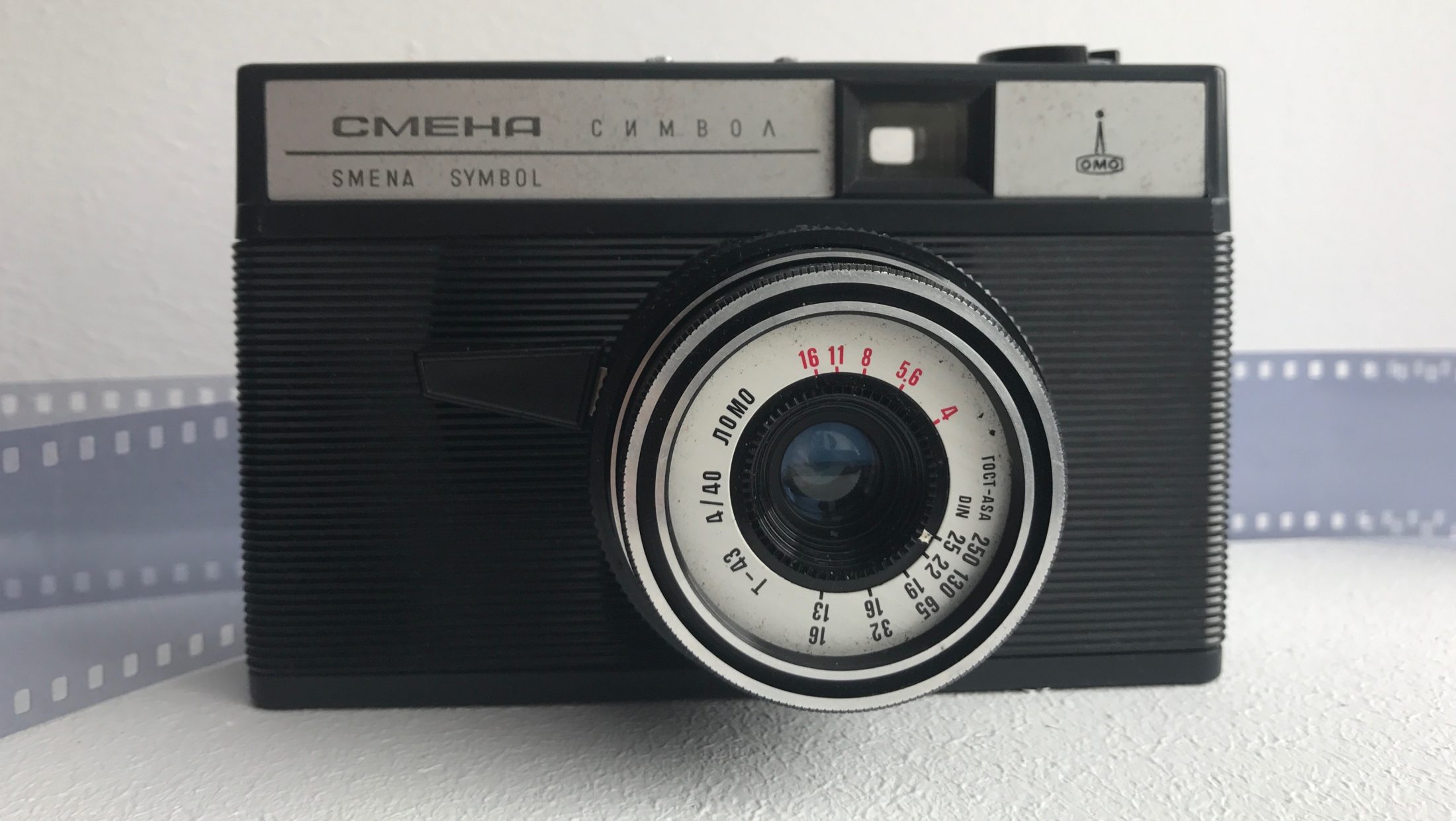
If you imagine to know Cyrillic a little bit, you will understand the LOMO on the lens. This is a very interesting part of history here. The old cameras designed in St. Petersburg, Russia caught the attention of some Students in Vienna in the middle of the 1990s. But read yourself about the nowadays Hipster-Topic Lomography.
This evening, we developed one roll of KODAK TMAX 400 and one ROLLEI Retro 80S out of one Zorki 4 and one Zenit. Be patient for the experience of the participants – in the next days – right here.
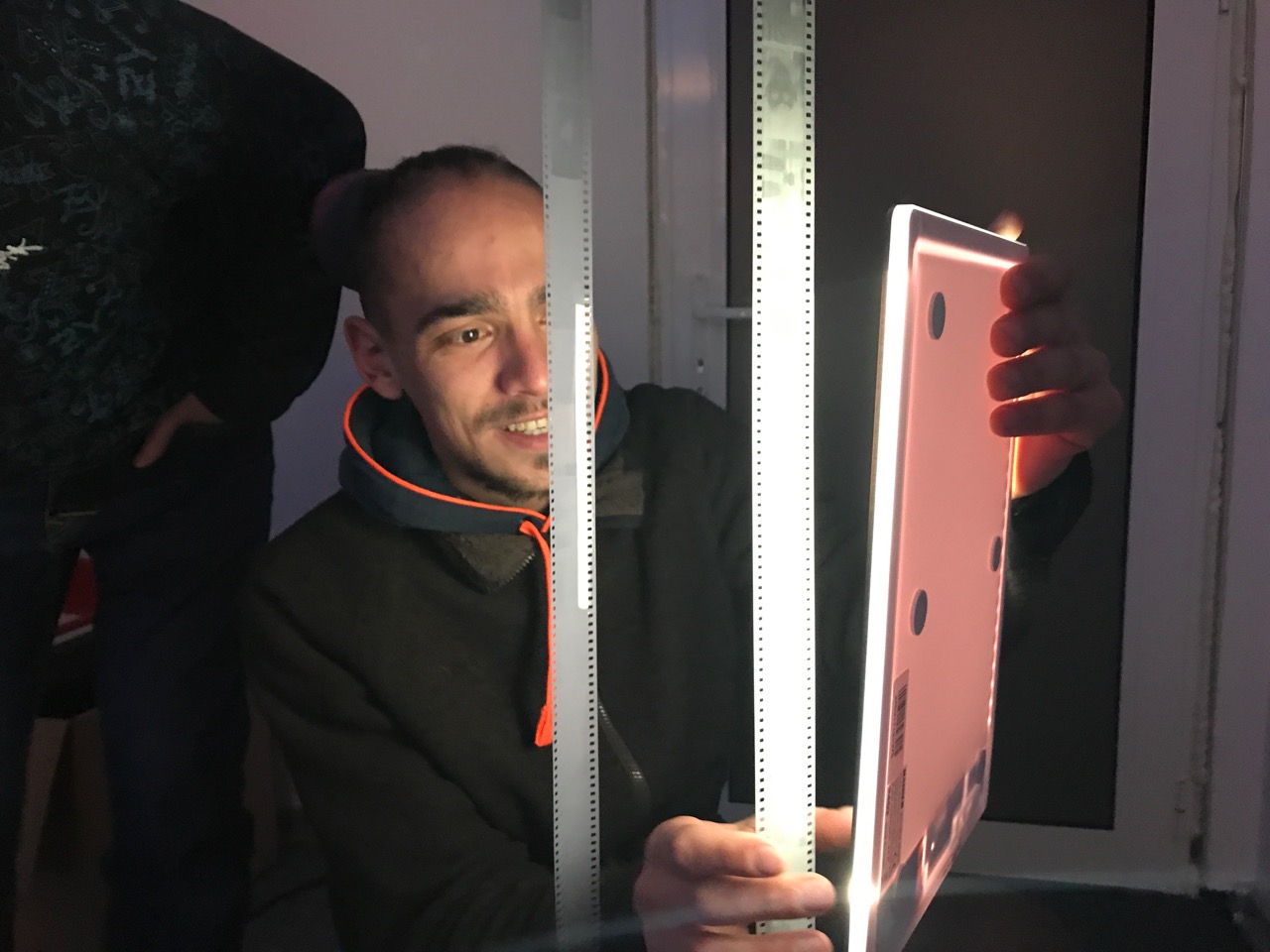
Greetings from the non smoking Studio.
